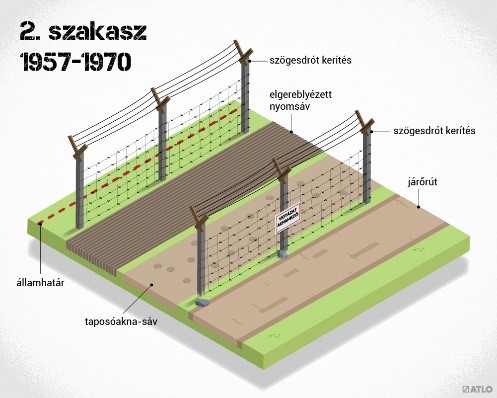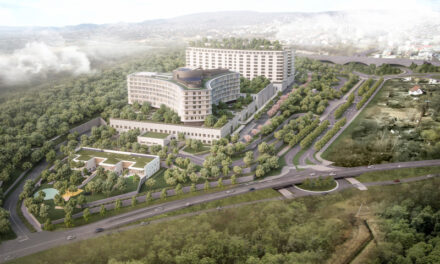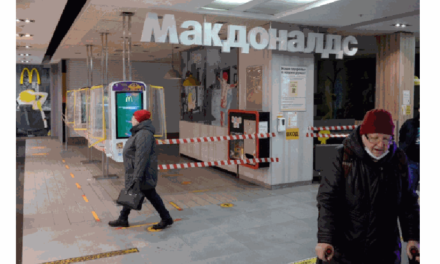On this day, 32 years ago, the lifting of the technical lock system on the Hungarian-Austrian border, i.e. the dismantling of the Iron Curtain, began.
The word has gone out of fashion, it doesn't mean anything to our young people these days. The term is associated with Winston Churchill's speech in Fulton on March 5, 1946.
He said, from the Baltic to Trieste on the Adriatic, an iron curtain has descended across the entire width of the continent, and behind the line is the totality of the ancient states of Central and Eastern Europe, which are subject to Soviet influence and strong Moscow control.
Then word became reality in Central and Eastern European countries to control and prevent the free movement of people to the West.
For us, the Iron Curtain mostly meant the Austrian border, where mines were installed as a first step. Later, a barbed wire fence was erected on concrete posts, in the middle of which was a five-meter wide field strewn with vinyl mines every half meter, next to which was a raked track and a patrol road. Moving forward with the times, the Soviet S-100 electronic warning system (EJR) was installed in place of the mine lock. The fence was under 24 volts. However, no one knew that the system was switched off during storms and lightning. In such cases, patrols were sent out.
We remember the most about the dismantling of the Iron Curtain when, on June 27, 1989, Foreign Ministers Gyula Horn and Alois Mock cut through the fence at Klingenbach amid great press interest. Of course, there was no mention of rebuilding that section of the fence, because the demolition that began at Rajka on May 2 had already gone beyond that section.

Anyone visiting Szombathely and Kőszeg should visit the Iron Curtain museum in Felsőcsatár. This settlement used to be part of the border zone, only locals could enter, foreigners were not allowed to enter. Sándor Goják , opened the Iron Curtain Museum here on the vineyard hill . After the regime change, he researched, collected iron curtain remains, and recorded the stories of former soldiers. Today, he has built a lifelike border section, where the visitor can even enter the minefield, and a wrong step is signaled by the siren. During the tour, you can also hear about a number of interesting escape attempts, the tricks with which not only Hungarians, but also people living in eastern countries tried to get to the West.












